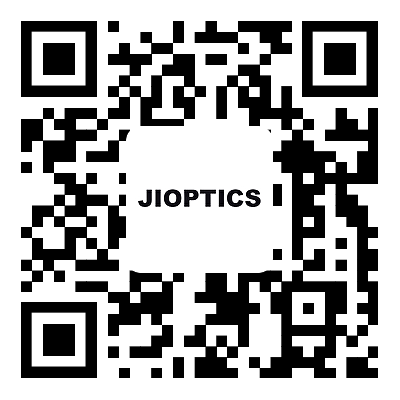Introduction and Safety of Laser Range Finder - JIOPTICS
2023-09-08
Laser rangefinder is an instrument that uses a certain parameter of modulated laser to measure the distance of a target. The measurement range of the laser rangefinder is 3.5-5000 meters. According to ranging methods, it can be divided into phase laser rangefinders and pulse laser rangefinders.
When a pulse laser rangefinder works, it emits a beam or series of short pulse laser beams towards the target, and the photoelectric element receives the laser beam reflected by the target. The timer measures the time from emitting to receiving the laser beam and calculates the distance from the observer to the target. The phase method laser rangefinder detects distance by detecting the phase difference between emitted light and reflected light as they propagate in space. The laser rangefinder is lightweight, small in size, easy to operate, fast and accurate, and its error is only one-fifth to several hundred times that of other optical rangefinders.
At present, laser ranging technology can be divided into non flight time measurement methods and flight time measurement methods. Non flight time measurement methods include triangulation and interferometry. The main methods for measuring flight time include pulse method, phase method [19,20], and laser pulse phase method ranging derived from the advantages of pulse method and phase method.
When we use rangefinders to measure distance, especially laser rangefinders, the common warning we see is "Do not aim the rangefinders at the eyes or human body for illumination!" However, where do the "safe" and "unsafe" operations of laser rangefinders come from? Today we will take a look at some precautions when using a laser rangefinder.
Currently, handheld laser rangefinders available on the market can be roughly divided into semiconductor lasers with operating wavelengths of 905 nm and 1540 nm, and YAG lasers with operating wavelengths of 1064 nm. Our daily term 'never aim the rangefinder at the eyes or the human body for illumination' usually refers to a laser with a working wavelength of 1064 nm. Laser with a wavelength of 1064 nm can cause certain damage to human skin and eyes, especially to the eyes. If you accidentally come into contact with a laser with a wavelength of 1064 nm, the damage to the eyes will be long-lasting. This type of laser can be focused by the human eye on the retina. After exposure to radiation, the retina may be damaged to a certain extent, which can be very serious. However, semiconductor lasers with working wavelengths of 905 nanometers and 1540 nanometers will not be focused by the human eye. Therefore, handheld laser rangefinders with a working wavelength of 1064 nm have been phased out abroad, while some domestic manufacturers are still producing such rangefinders.
When using a distance measuring instrument to measure the distance of an object, the operating specifications in the instrument manual should be strictly followed. Especially in the wild, we mainly use pulse laser rangefinders. However, the pulse laser beam is a monochromatic light source with very concentrated energy, so do not look directly at the laser emission port to avoid irreversible damage. To ensure the normal use of the photosensitive components of the laser rangefinder, do not aim the laser emission port at the sun during on-site ranging.



